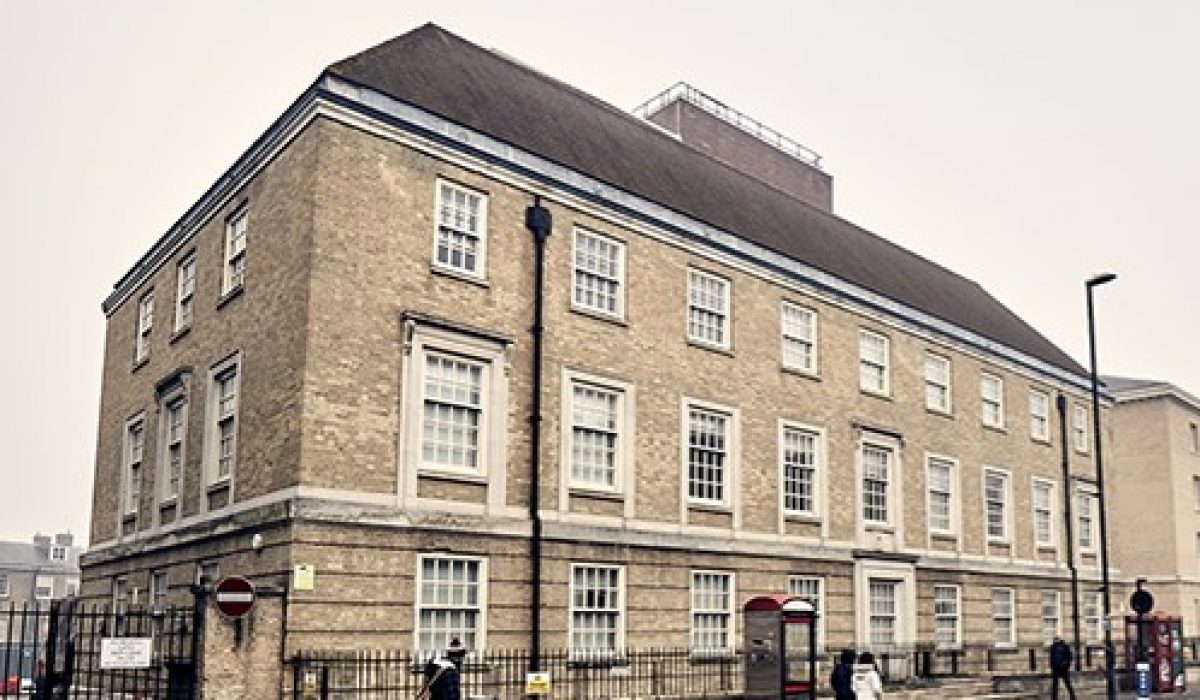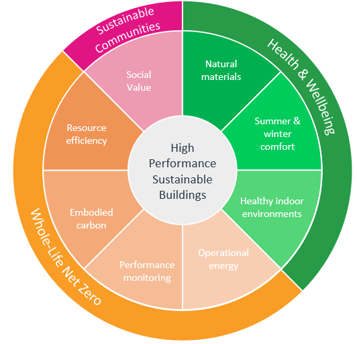CISL Entopia Building
Retrofit
Commercial
Summary
Home to the Cambridge Institute for Sustainability Leadership (CISL), the Entopia building is a 1930s former telephone exchange, and is being retrofitted with the aim of setting new standards for energy consumption, occupant comfort and environmental impact, exemplifying CISL’s leadership position in the sustainability field.
Making use of the Passivhaus principles of fabric-first design, and aiming to meet the retrofit EnerPHit standard, upgrades will include air-tightness measures, triple-glazing, internal wall insulation (to retain the building’s external appearance), and installation of an air source heat pump with innovative occupancy-based controls. These measures will create thermal comfort and excellent indoor air quality, providing a healthy, comfortable working environment.
The building will become the most sustainable within the University of Cambridge’s estate, creating a standard for other retrofit projects, as the university aims to achieve ‘absolute-zero’ carbon more than ten years ahead of its current target date of 2048.
At the vanguard of sustainability leadership, CISL is using its own building to showcase what’s possible in the retrofitting of commercial buildings, simultaneously optimising energy performance and resource use, whilst also delivering a comfortable, inspiring environment for building users.
Alongside these direct benefits, there will also be reduced long-term running and maintenance costs, and the University also anticipates that investment in the building’s fabric will enhance its long-term value.
Key Features
- Sympathetic retrofit in a conversation area, reinvigorating an old building and keeping it in use long into the future
- Demonstrates what’s possible with retrofit of commercial buildings, adding value for the long-term
- Focus on natural materials and resource efficiency
- Passivhaus EnerPHit standard ensures thermal comfort and a healthy indoor environment

Sustainability Indicators
- Embodied carbon, Healthy indoor environments, Natural materials, Operational energy, Performance monitoring, Resource efficiency, Social value, Summer & winter comfort
